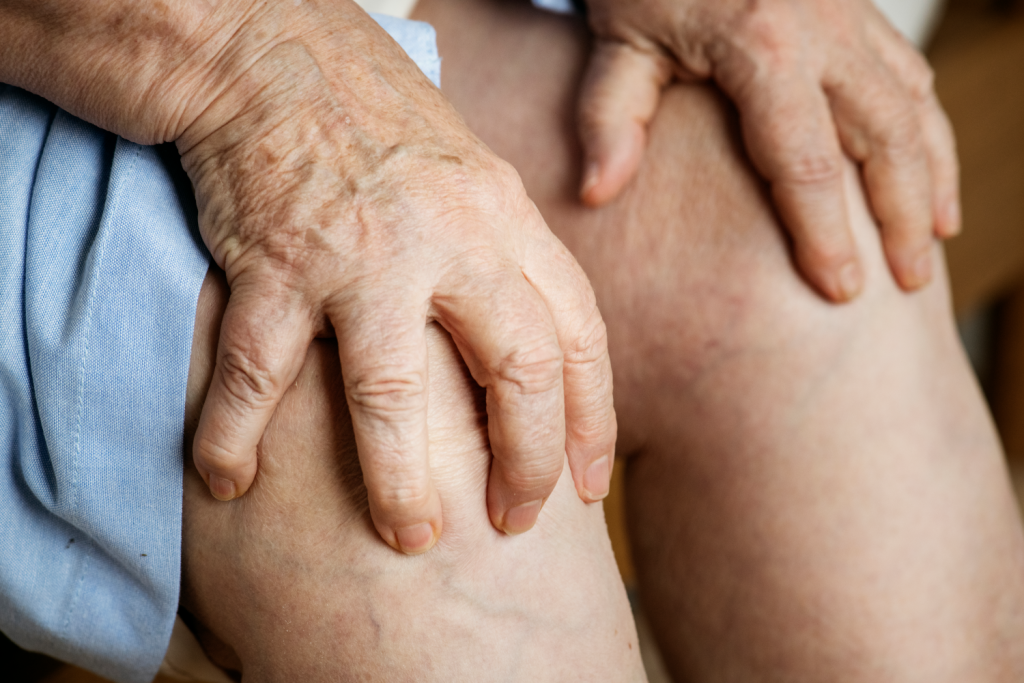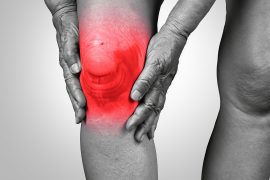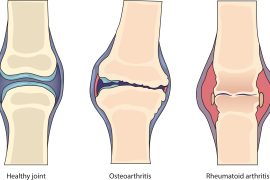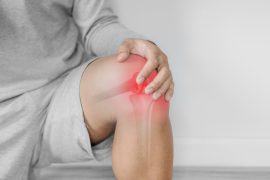What is septic arthritis?
Septic arthritis is a severe infection of joint tissues and fluid caused by germs that may reach the joint from other parts of the body. Such germs travel through the bloodstream. Deep wounds caused at the joints, such as by animal bites, also cause germs to infect them directly. This infection should be treated as soon as it is identified because full recovery is possible. Septic arthritis can be excruciating, progresses rapidly, and can lead to long-term damage to the cartilage and bone of the joint.
Any joint of the body can be affected by septic arthritis, though more than one is rare. Most commonly, the joints affected by septic arthritis are the knee, hip, shoulder, elbow, wrist, and finger.
Septic arthritis causes
You are prone to septic arthritis if your joints get infected by germs and bacteria. Staphylococcus Aureus is the most common bacteria that causes this condition, found even on healthy skin. Besides bacterial infections, septic arthritis can also be caused by viruses or fungi. This condition is also sometimes known as bacterial or infectious arthritis.
This septic arthritis causes of infection can be from:
- Injury or accident that breaks the skin, like a dog bite, a foreign object going through the skin
- Complications from a joint surgery
- Infected wound
- An open fracture
- Skin infection or a urinary tract infection spreading to the joints
You are also at risk of developing septic arthritis if:
- You have had joint problems like osteoarthritis, rheumatoid arthritis, etc.
- You have an artificial joint from a knee or hip replacement surgery
- You have fragile skin caused by issues like eczema and psoriasis
- You regularly inject yourself with medication causing skin punctures, or inject drugs like heroin.
- You have a weak immune system caused by HIV, kidney disease, or cancer
- You have a sexually transmitted disease like gonorrhoea
Other issues that may put you at risk of developing this condition are if you have diabetes, HIV, substance use disorder like alcoholism, are in your late adulthood, or have had septic arthritis before. There are far more severe complications that can be caused by septic arthritis, like an infection of the bone (osteomyelitis), bone death because of poor blood supply (osteonecrosis), limb length discrepancy, sepsis (blood poisoning), chronic pain, and even death.
Septic arthritis symptoms
Septic arthritis symptoms will manifest differently for different people. Children will express discomfort immediately. They may be irritable or cry if a joint is affected. They may even avoid using the affected joint or halt their usual activity. Besides the symptoms listed below, they may also experience headaches, vomiting, or a sore throat. If parents see a difference in normal behaviour and activity, they should take their child to a doctor.
Commonly found septic arthritis symptoms include:
- Fever
- Swelling of the affected joint
- Pain at the site of infection, which can be severe
- Loss of appetite and feeling sickly
- The site of infection is red and hot to touch
- Inability to move the joint freely or put weight on it
Septic arthritis diagnosis
If you or your child experience any of the symptoms mentioned above, you must seek help from a medical professional. Early diagnosis can prevent much damage from septic arthritis. This condition can lead to blood poisoning if ignored or left untreated. Some essential diagnostic tools can ensure whether the patient has septic arthritis or whether some other serious condition is causing discomfort. They are:
- Taking down the medical and general health history of the patient.
- Knowing what the symptoms are and how long they have been present.
- Draining fluid from the affected joint to analyse what kind of microorganism has caused the infection, the presence of white blood cells, according to which medicines will be given.
- Blood tests to detect the presence of a bacterial infection.
- Testing spinal fluid, urine, and phlegm to detect bacteria.
- Imaging tests like X-rays and MRI to identify how much damage has been caused to the joint and how much it is inflamed.
Septic arthritis treatment
After a diagnosis of septic arthritis is made, there is a possibility of hospitalisation for about two weeks. During this time, you will be given antibiotics through an IV. Antibiotics work fast and can better the symptoms in about 48 hours. For septic arthritis caused by fungi, the doctor will prescribe fungal medication. You will be given medicines for the pain and fever too. The doctor will remove the infected fluid or even pus, if there is any, from the affected joint using a syringe.
Other ways to do this are with a tube or open surgery if the septic arthritis infection is deep in the joint. You may have multiple fluid removal sessions for the infection to dissipate completely. After being discharged from the hospital, you will be asked to take antibiotics for several weeks. Physical therapy will be recommended to keep your muscles and joints functioning as before the septic arthritis infection.
You will also be given a splint on the joint to reduce pain. For people who experienced septic arthritis, because their artificial joint got infected, the joint will be removed. The joint will be replaced after the infection goes away.
Final note
We must emphasise that septic arthritis is a major health emergency otherwise; there is a strong chance of irreversible damage. If septic arthritis is detected and treated in time, there will be complete recovery, and there will be little to no lasting after-effects of the condition. When symptoms ease after treatment, you can partake in physiotherapy to keep your muscles, and the joints used to the movement. If you do not do this, you may experience joint stiffness and be unable to use the joint fully.





Comments are closed.